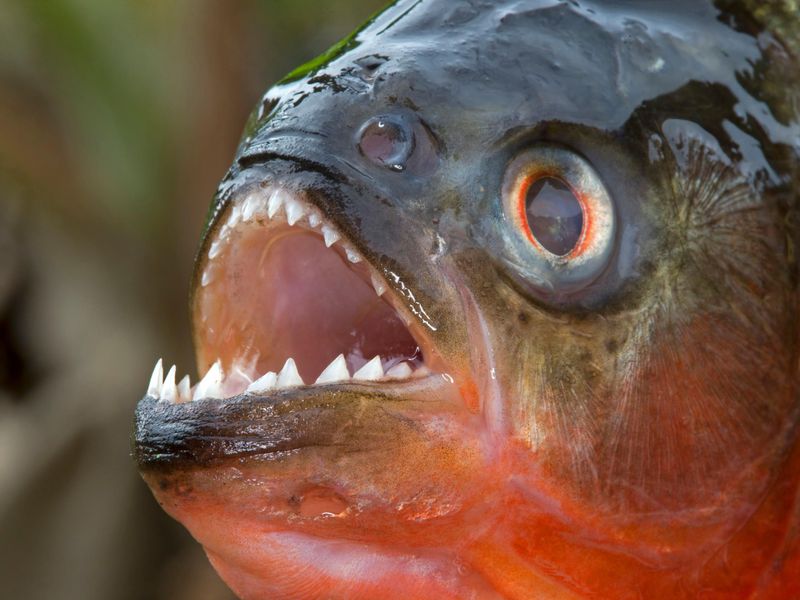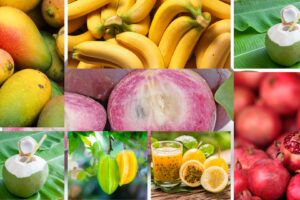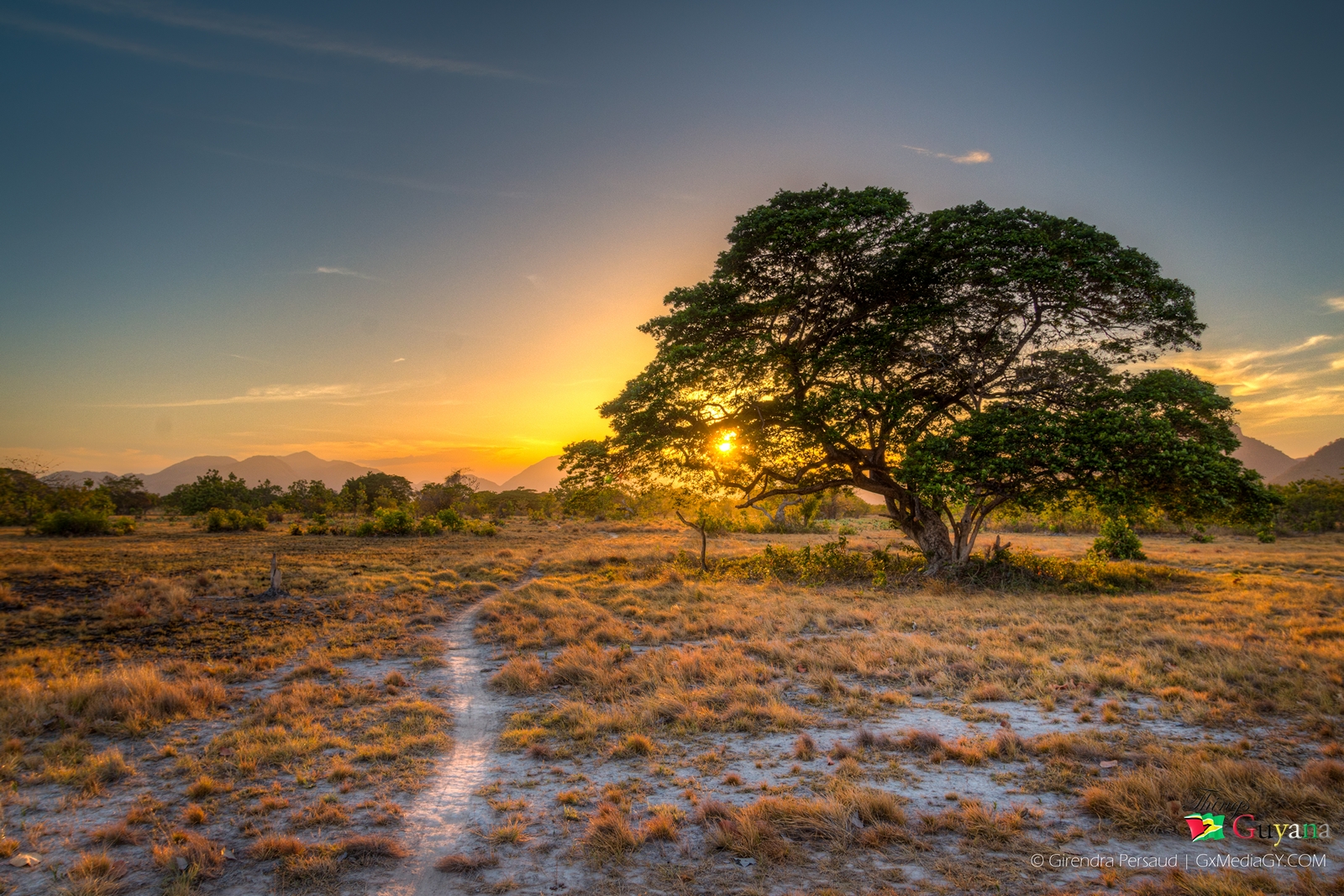The piranha or pirai for short is a freshwater fish that inhabits the South American rivers, floodplains, lakes and reservoirs. Although they are often described as extremely predatory and mainly feeding on fish, their dietary habits vary extensively, and they will also take plant material, leading to their classification as omnivorous. Some of the largest known piranhas are spotted in Guyana’s Amazon Basin.
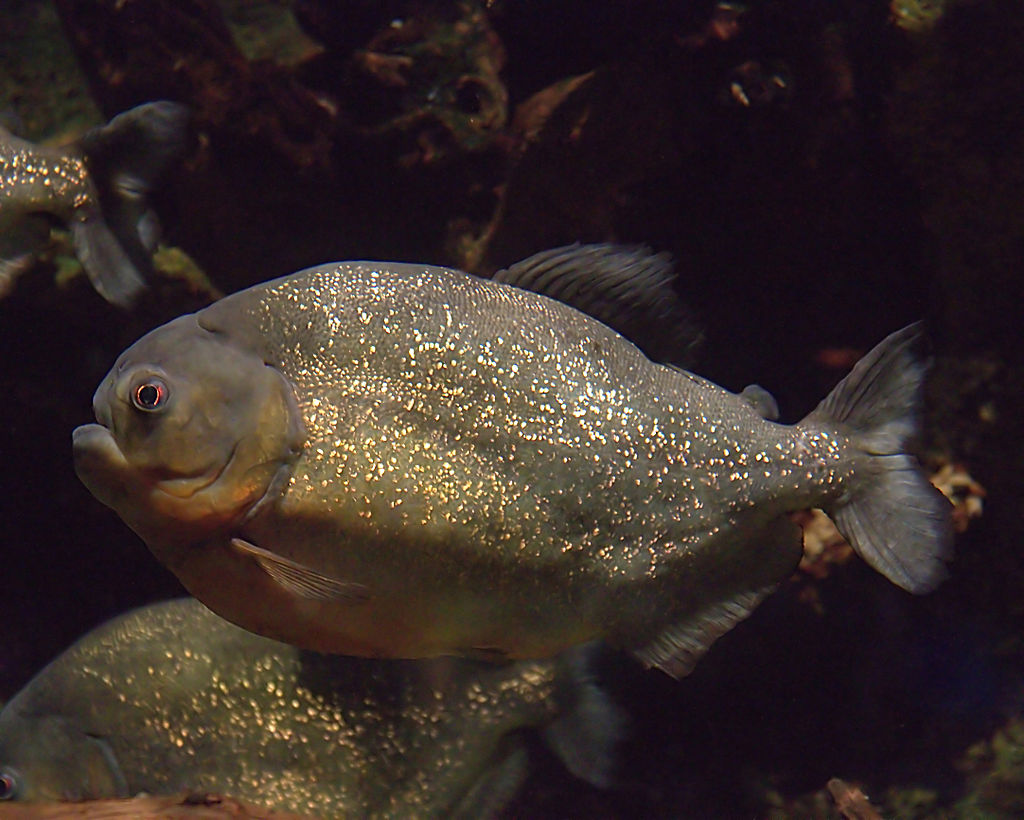
Greg Hume [CC BY-SA 3.0 (https://creativecommons.org/licenses/by-sa/3.0)]
Scientific Classification Of The Piranha
- Kingdom: Animalia
- Phylum: Chordata
- Class: Actinopterygii
- Subclass: Neopterygii
- Infraclass: Teleostei
- Order: Characiformes
- Family: Serrasalmidae
- Tribe: Piranha
Genera
- Catoprion
- Pristobrycon
- Pygocentrus
- Pygopristis
- Serrasalmus
Features Of The Piranha
Sharp Teeth – All piranhas have a single row of sharp teeth in both jaws. The teeth are tightly packed and interlocking (via small cusps) and are used for rapid puncture and shearing. Individual teeth are typically broadly triangular, pointed, and blade-like (flat in profile). The variation in the number of cusps is minor. In most species, the teeth are tricuspid with a larger middle cusp which makes the individual teeth appear markedly triangular.
Size – Depending on the exact species, most piranhas grow to between 12 and 35 cm (5–14 in) long. A few can grow larger, with the largest living species, the red-bellied, reaching up to 50 cm (20 in).
Powerful Jaws – They have an extremely powerful and dangerous bite which is generated by large jaw muscles that are attached closely to the tip of the jaw, conferring the piranha with a mechanical advantage that favors force production over bite speed. Strong jaws combined with finely serrated teeth make them adept at tearing flesh.
Did You Know?
Piranhas have one of the strongest bites found in bony fishes. Relative to body mass, the black piranha (Serrasalmus rhombeus) produces one of the most forceful bites measured in vertebrates.
Diet Of The Piranha
In addition to fish (occasionally even their own species), documented food items for piranhas include other vertebrates (mammals, birds, reptiles), invertebrates (insects, crustaceans), fruits, seeds, leaves and detritus. The diet often shifts with age and size.
Habitat Of The Piranha
Piranhas are indigenous to the Amazon basin, in the Orinoco, in rivers of the Guianas, in the Paraguay–Paraná, and the São Francisco River systems, but there are major differences in the species richness.
Reproduction Of The Piranha
Piranhas lay their eggs in pits dug during the breeding season and swim around to protect them. From the moment baby piranhas hatch from their microscopic eggs, they come into the world armed and dangerous. Baby piranha will feast on tiny crustaceans, fruits, seeds, and aquatic plants. Once they reach about 1.5 inches in length they begin feeding on the fins and flesh of other fish that wander too closely. As they grow larger they begin to venture out in groups (shoals) of about 20 fish where they use a variety of hunting strategies.
Tip: Piranhas don’t kill their prey first, they just start eating them alive – that’s what makes them so ferocious. Adult piranha have been known to eat their own babies.
Fishing For Piranhas In Guyana
If you stay at the Rewa Eco Lodge in the North Rupununi, you will be able to go onto the Rewa River along with the staff of the lodge and wildlife specialist/tour operator Leon of Leon Moore Nature Experiences.
Piranhas mostly feed off of fish, so you will need to catch some small ones. In order to do this you can use live grub (a little beetle) that is found inside of a kokerit seed. When a kokerit nut gets buried in the ground for around a month, a tiny beetle goes inside to call it home. Use these beetles for bait to catch small fish.
Cooking Piranhas In Guyana
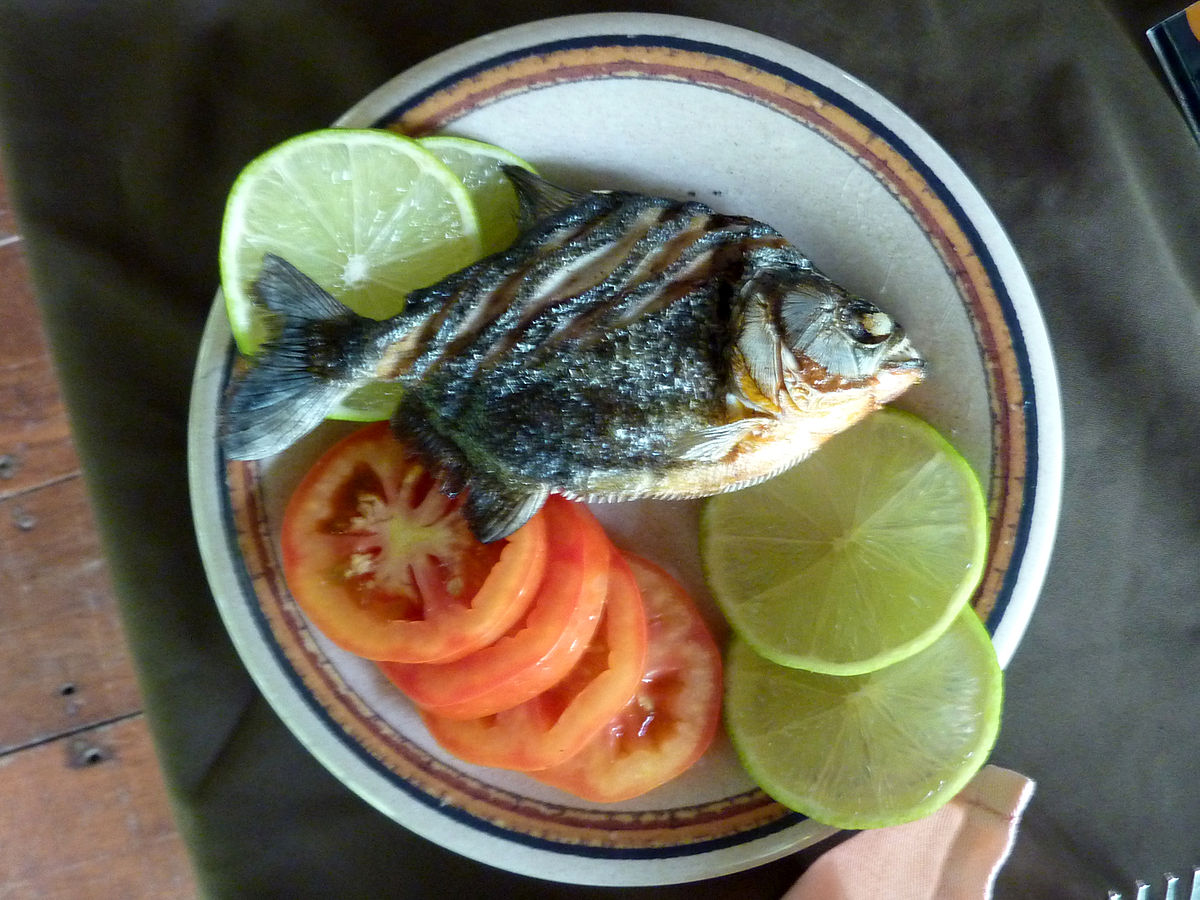
Grilled Piranha | By Bobak Ha’Eri – Own work, CC BY 3.0, https://commons.wikimedia.org/w/index.php?curid=18962842
Begin by cleaning the fish. You can grill it outdoors by simply pilling up some sticks into a pyramid to make a fire. Make a grill top with some bamboo branches. Coat the fish with some Bar-Be-Que seasoning and begin grilling. It will taste delicious as ever. If you prefer an easier way, just grill it on your mechanical BBQ grill. The fish is said to have a very mild and dry taste so you can eat it along with some potatoes or salad or whatever side dish you prefer. Some will catch the piranha and use their teeth to make tools and weapons.
Watch This: Piranha Feeding Frenzy (BBC)
Piranhas In Guyana
These dangerous yet tasty fishes enjoy swimming around in the waters of Guyana. When a school of piranha are in a feeding frenzy the water appears to boil and churn red with blood. They attack with such ferocity that they strip an animal of its flesh within a matter of minutes, even taking bites out of each other in the process. There are some who actually keep piranhas as pets but they aren’t good pets in the traditional sense because you can’t hold or pet them, and they aren’t affectionate. Piranha owners still must be extremely careful of the fish’s sharp teeth and aggressive nature. So as fascinating as piranhas are you still need to be careful. Piranhas seem to be attracted to noise, splashing, and blood. They can smell a drop of blood in 200 liters of water. So, if you are a bleeding, rambunctious person, a dip in the Amazon might not be the best idea.
Everything about the piranha is unique; their sharp teeth and powerful jaws make them one of a kind. They are omnivores eating both plants and flesh. They live bountifully in the South American rivers and lakes especially in Guyana. They have a great reproduction system and it is possible to catch them if you go fishing. You can cook them, they taste delicious. With great excitement, we have one of the most feared fishes in the world right here in Guyana.
Article References:
- https://en.wikipedia.org/wiki/Piranha
- https://www.smithsonianmag.com/science-nature/14-fun-facts-about-piranhas-180951948/
- https://bucketlistjourney.net/piranha-fishing-in-the-rainforest-rivers-of-guyana/
- http://guyanainc.biz/daily-updates/interesting-animal-pirai/
- Main Image: https://www.smithsonianmag.com/smart-news/piranhas-been-found-arkansas-lake-180955163/

